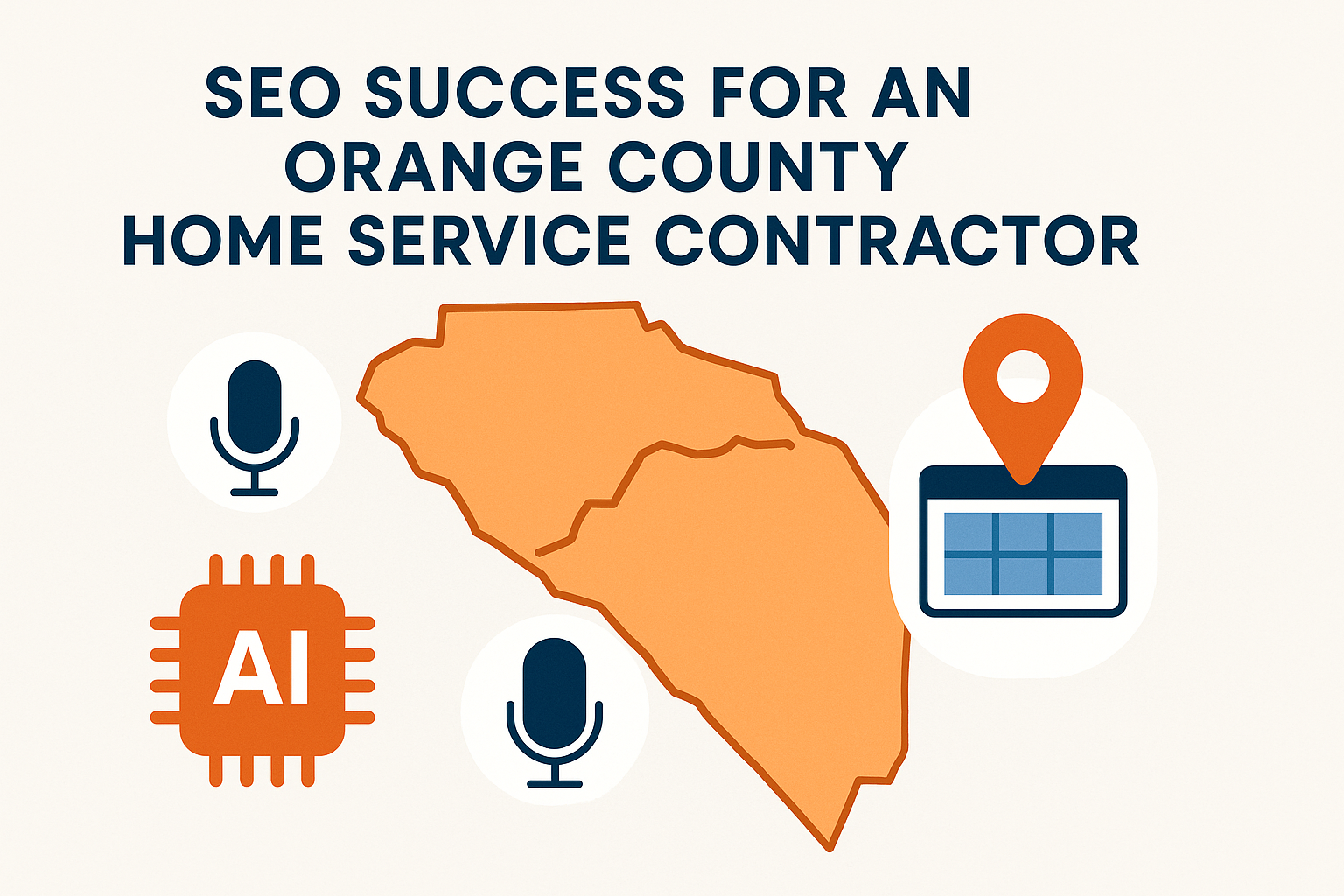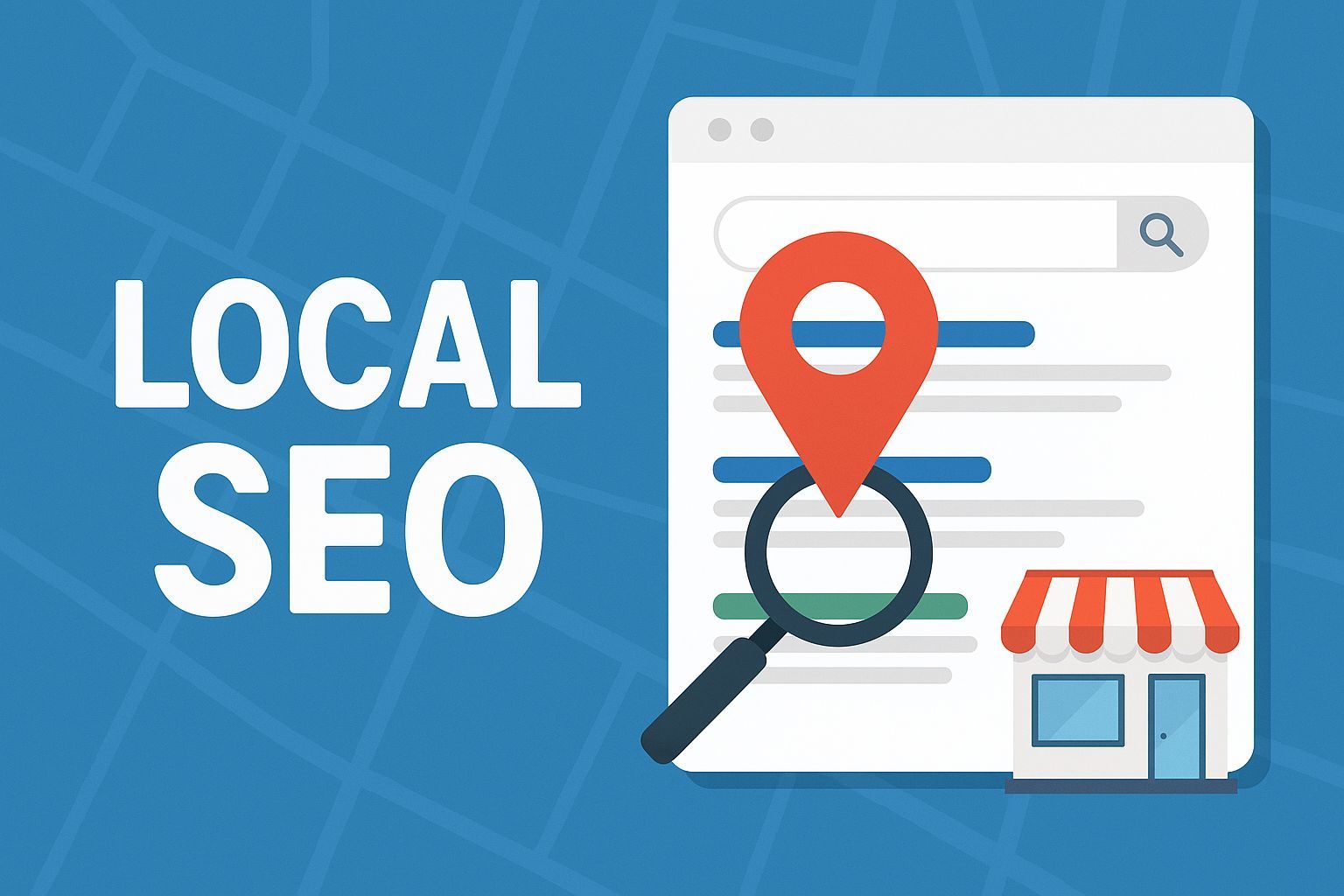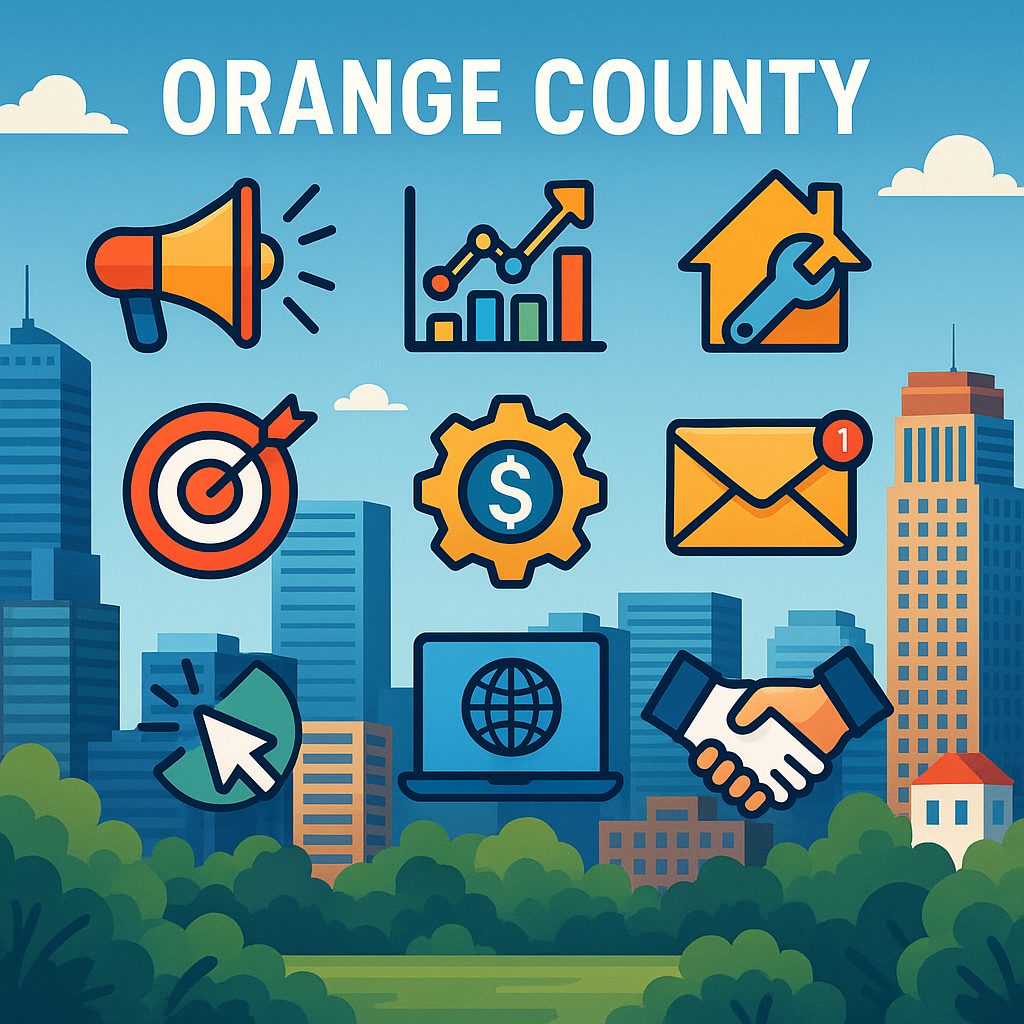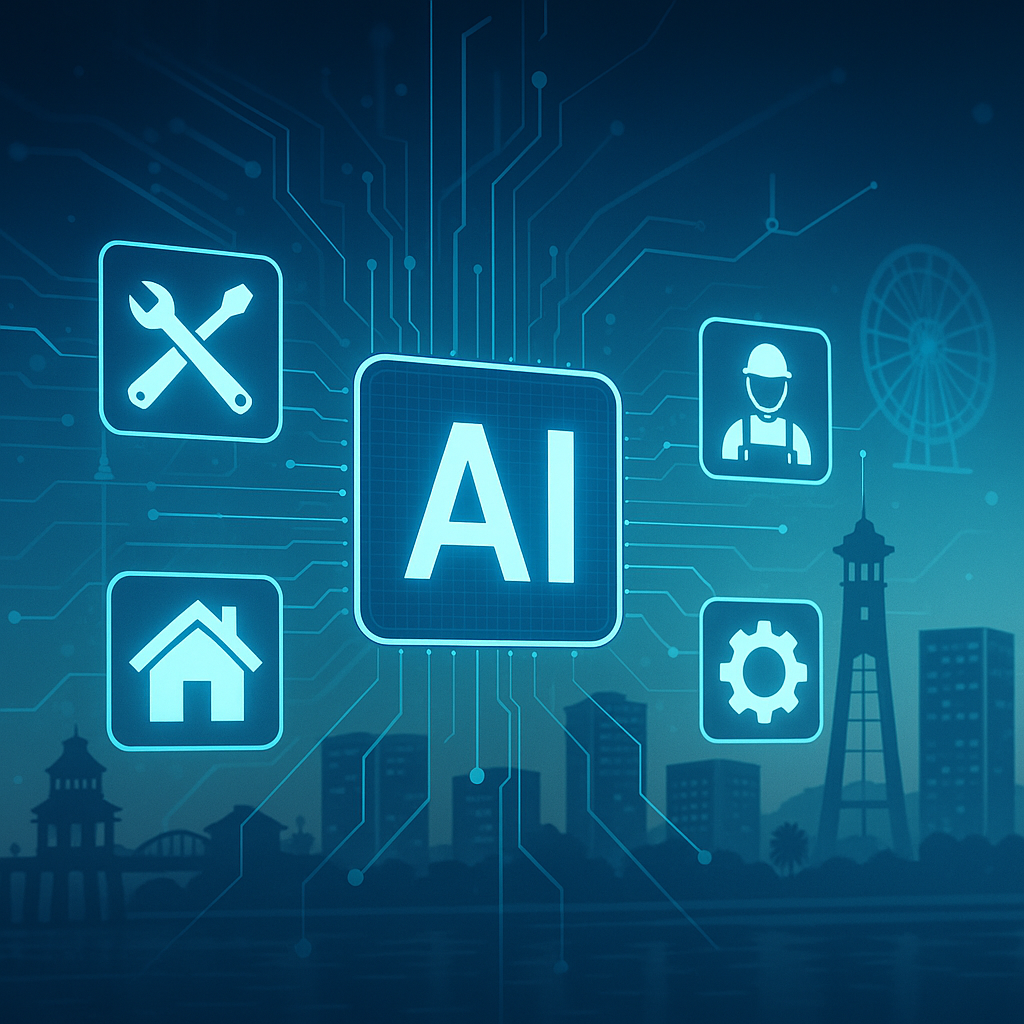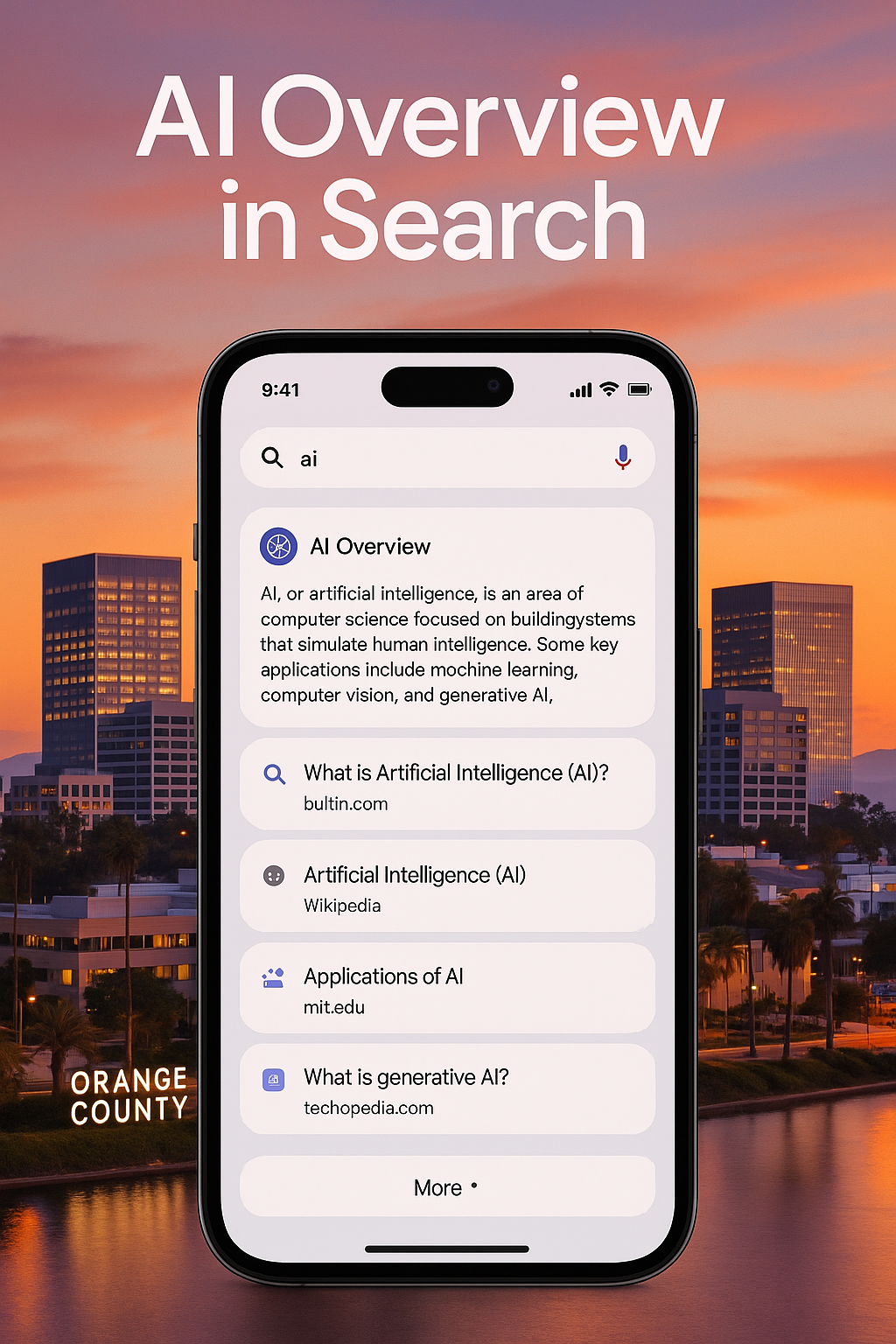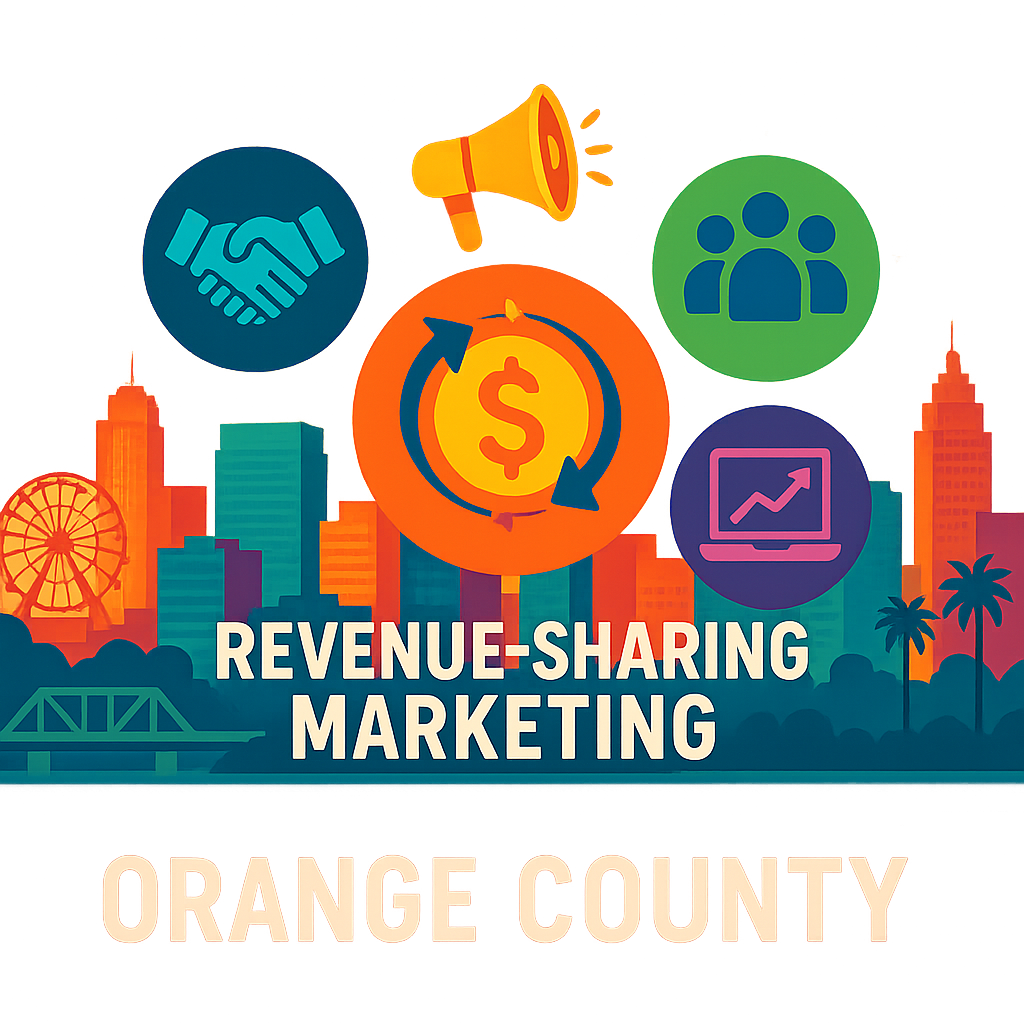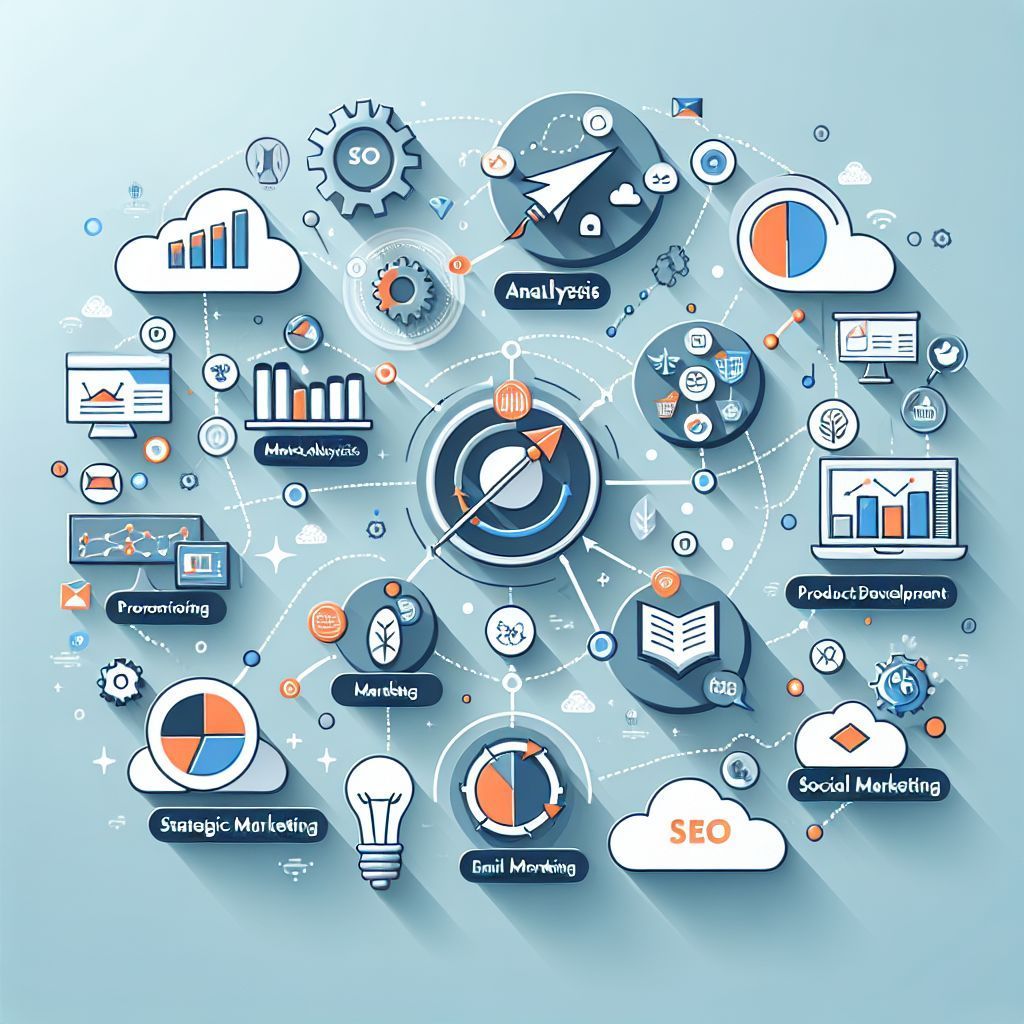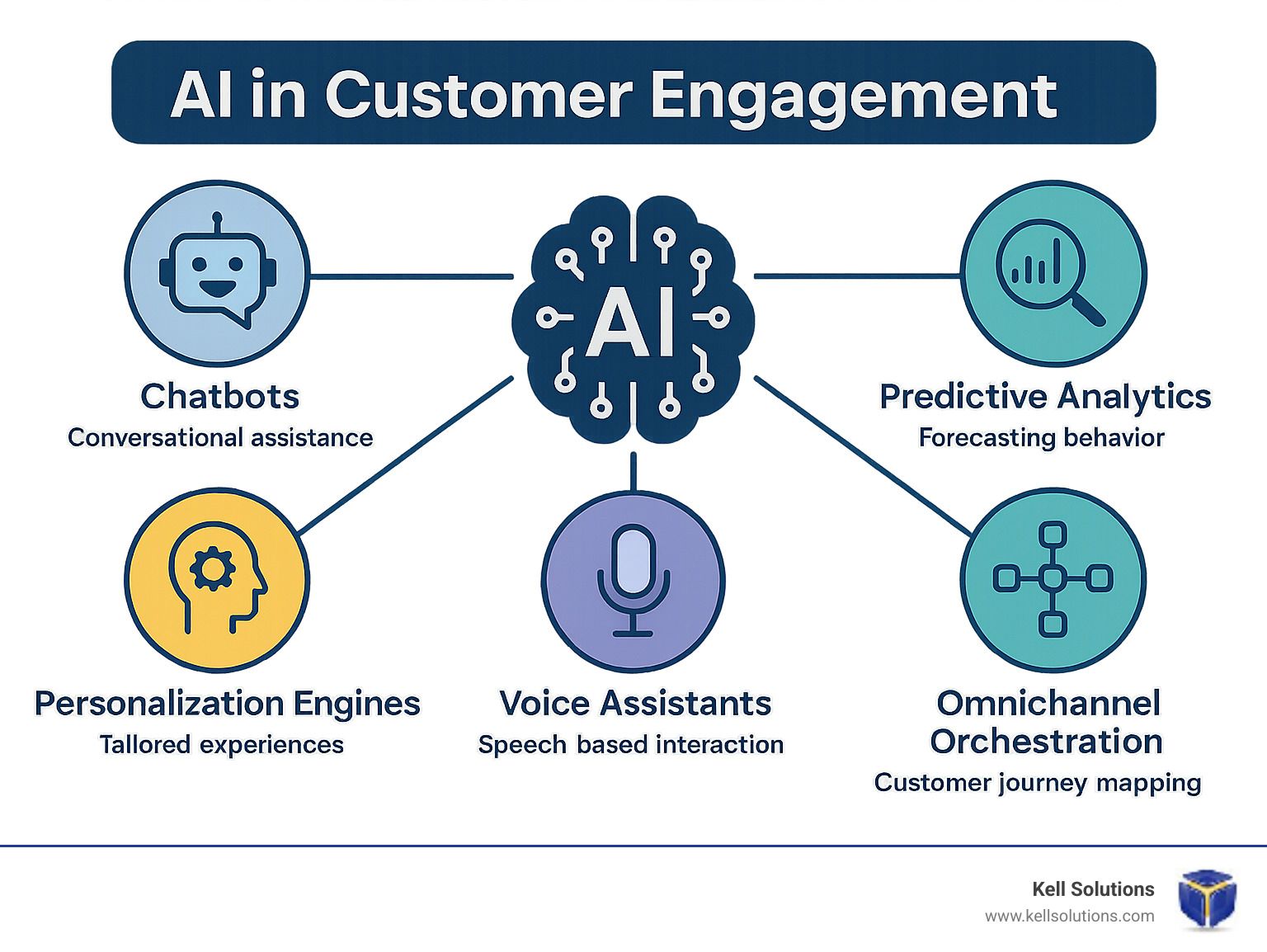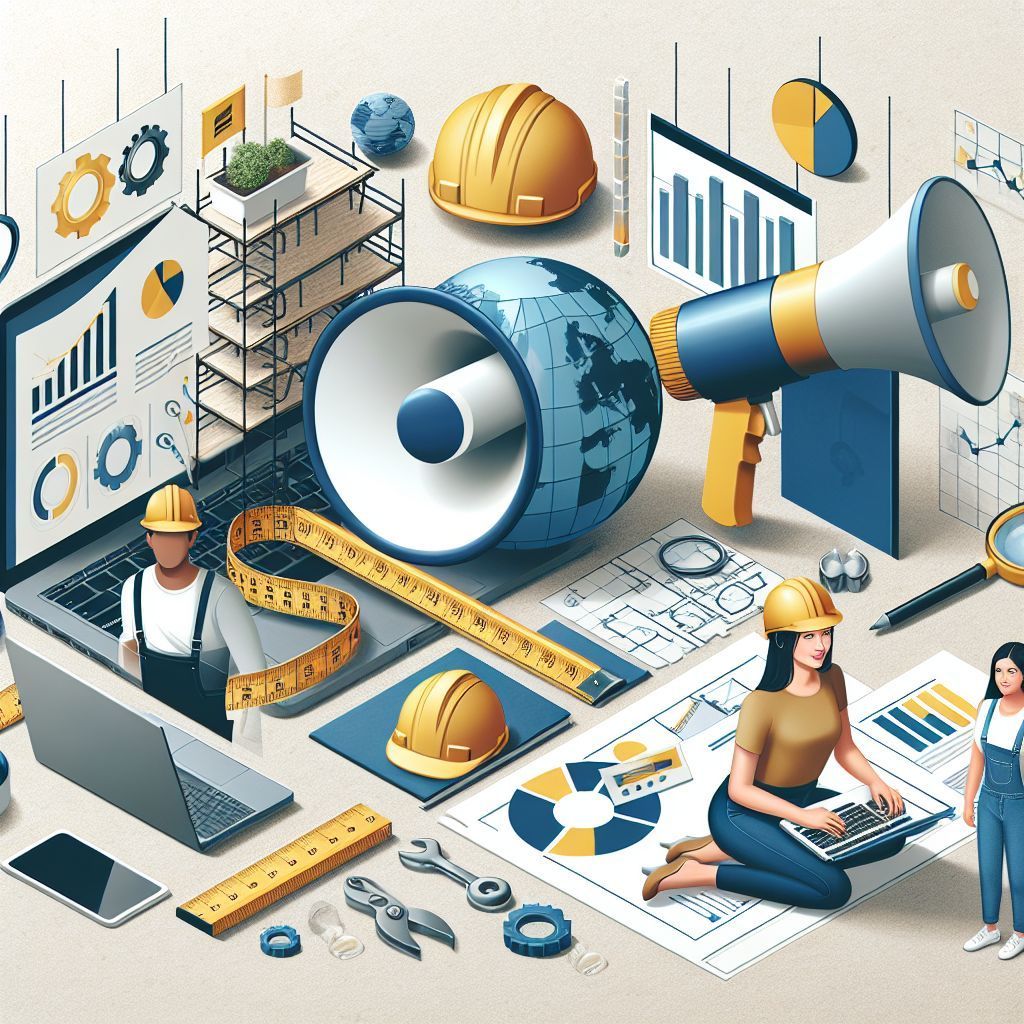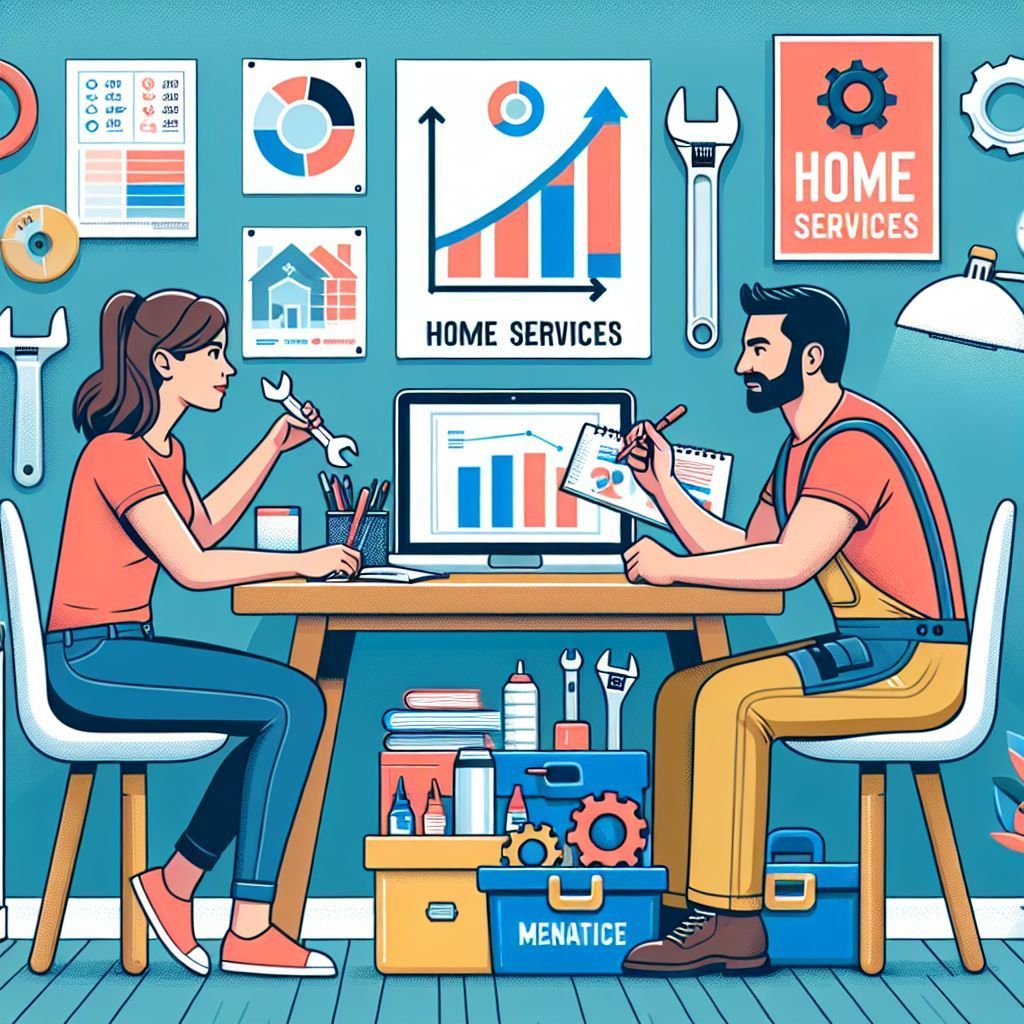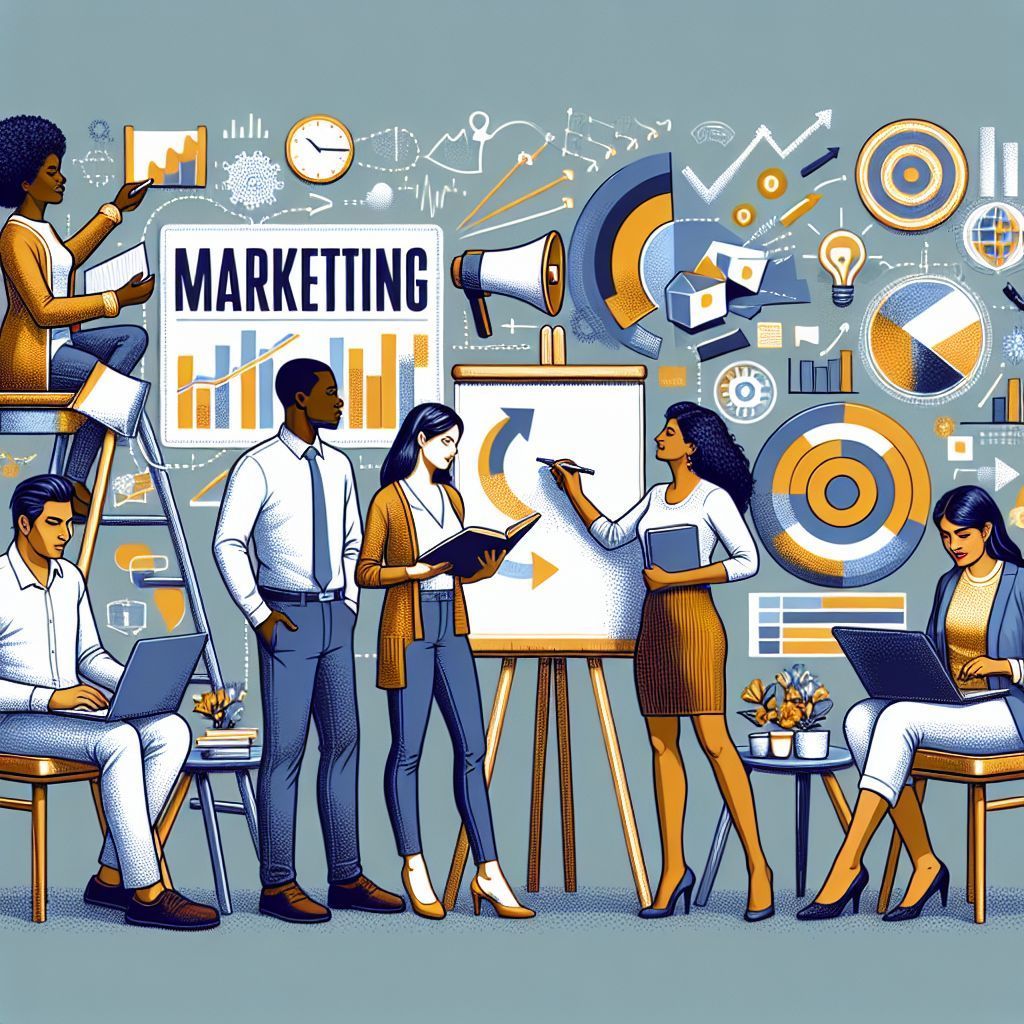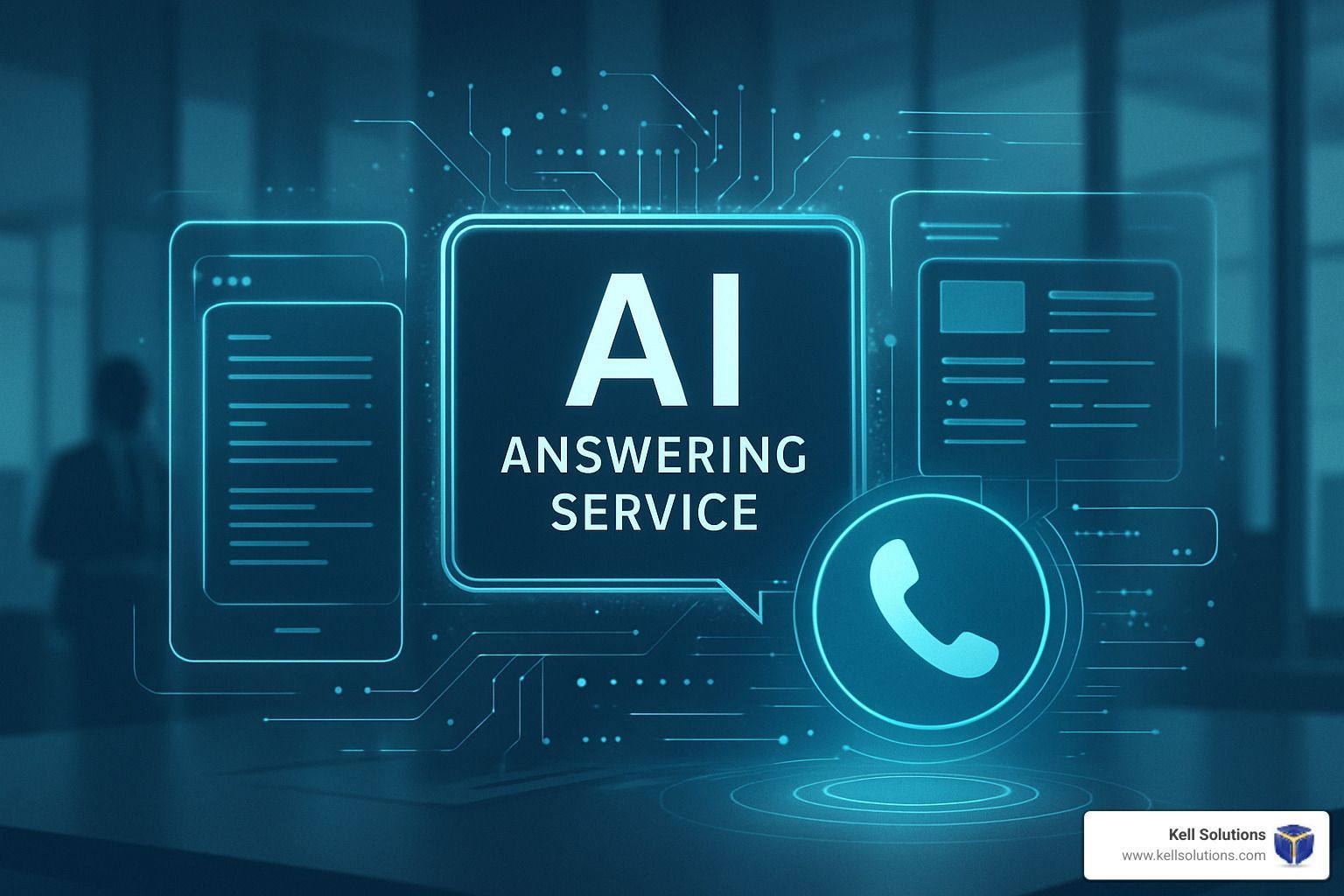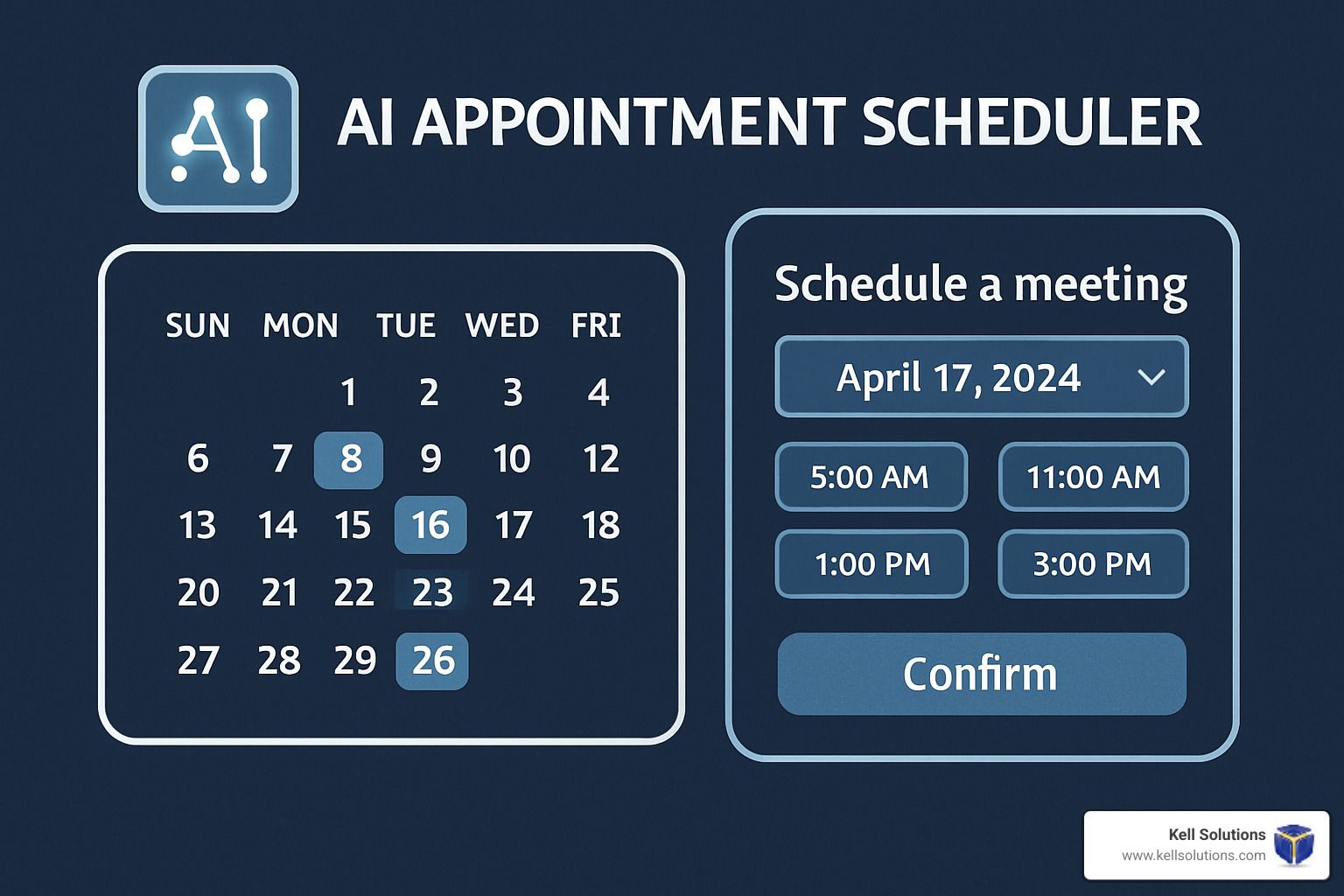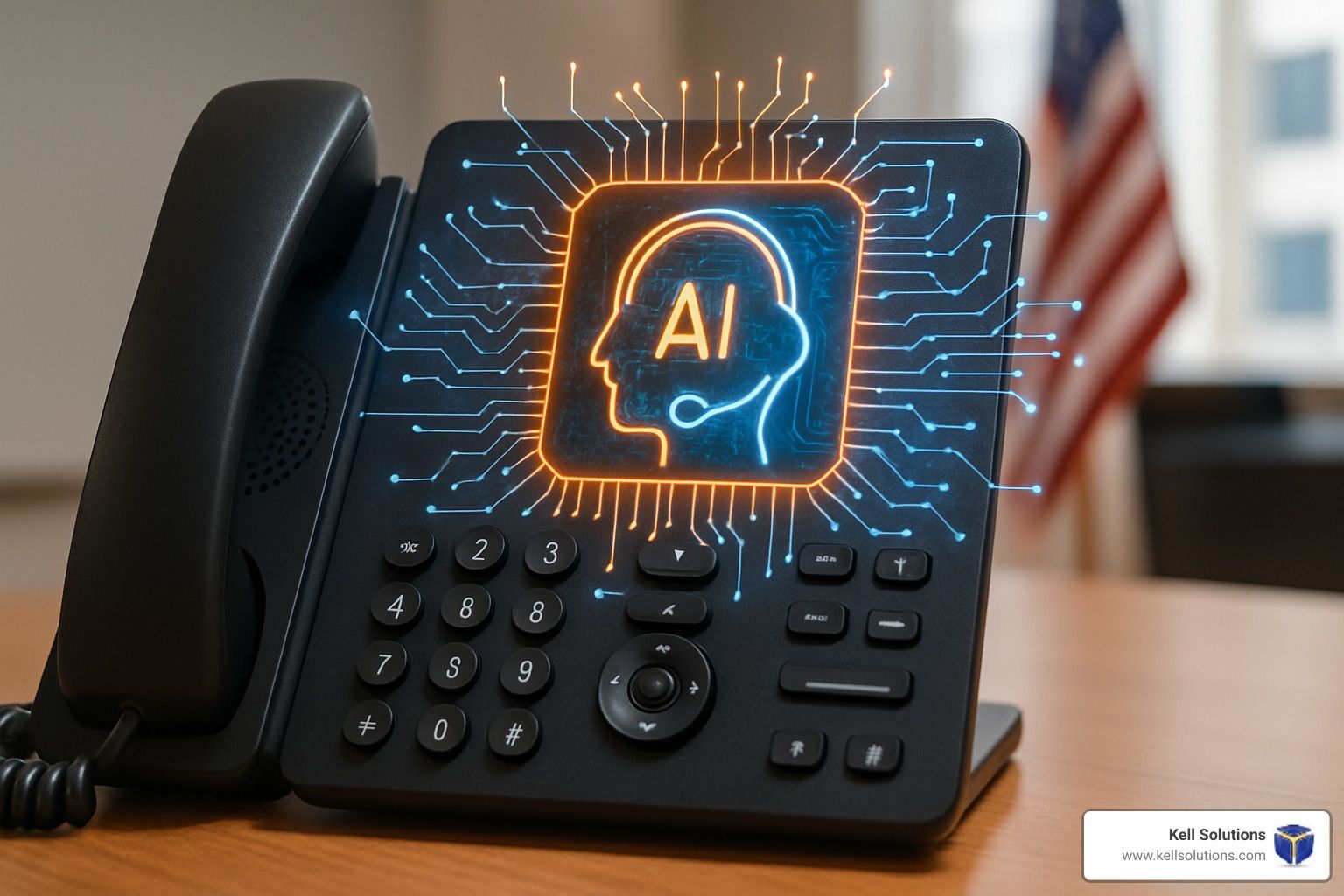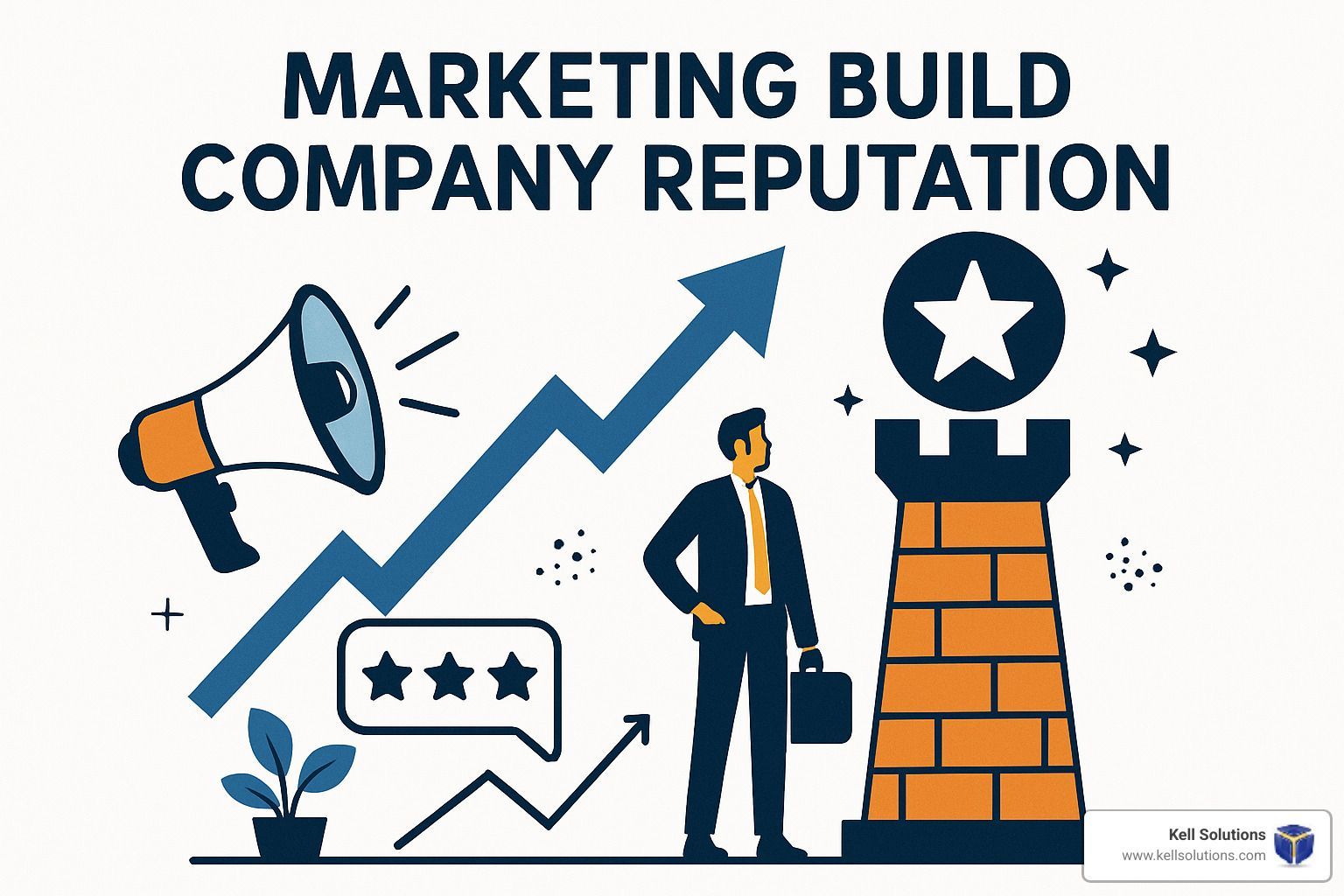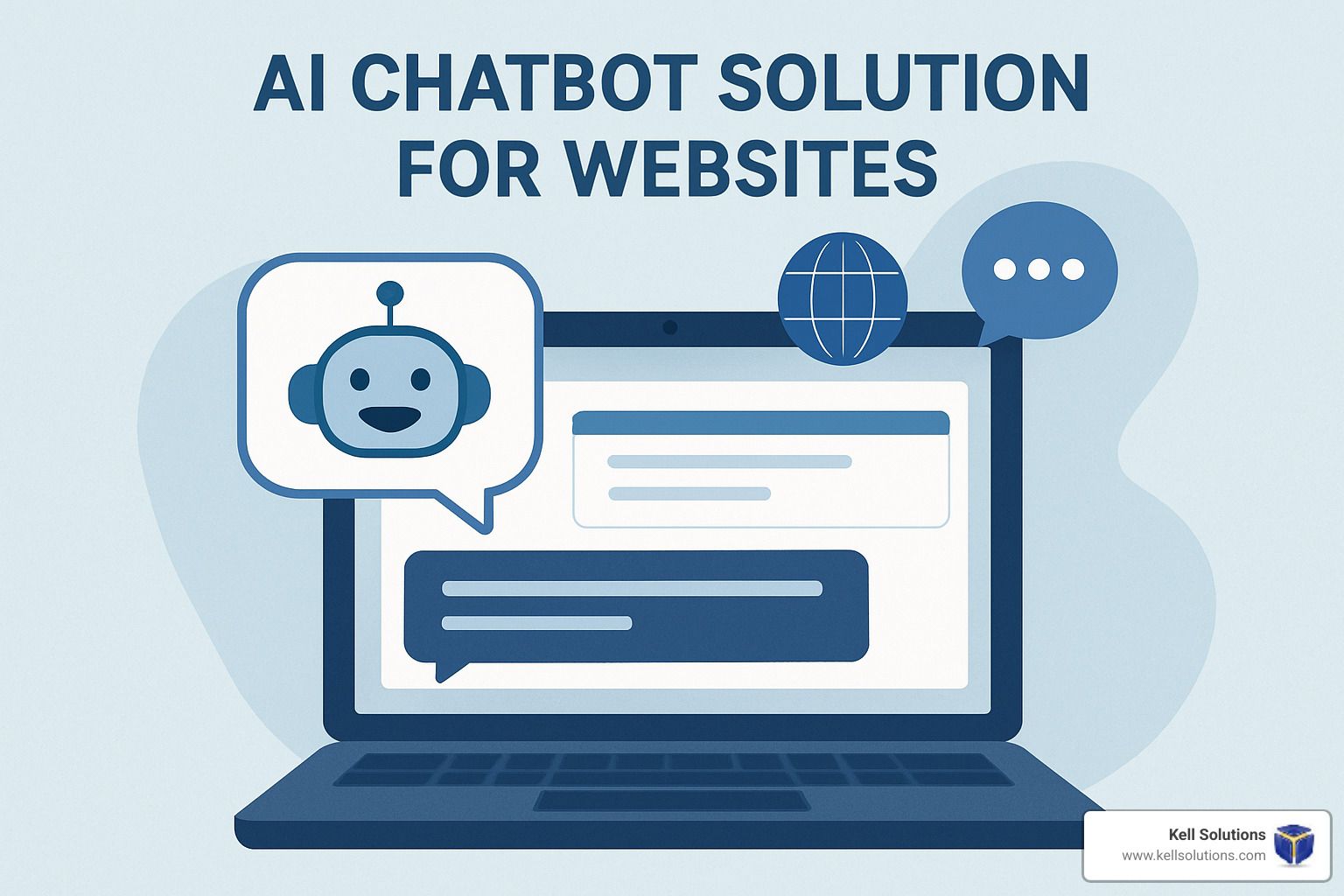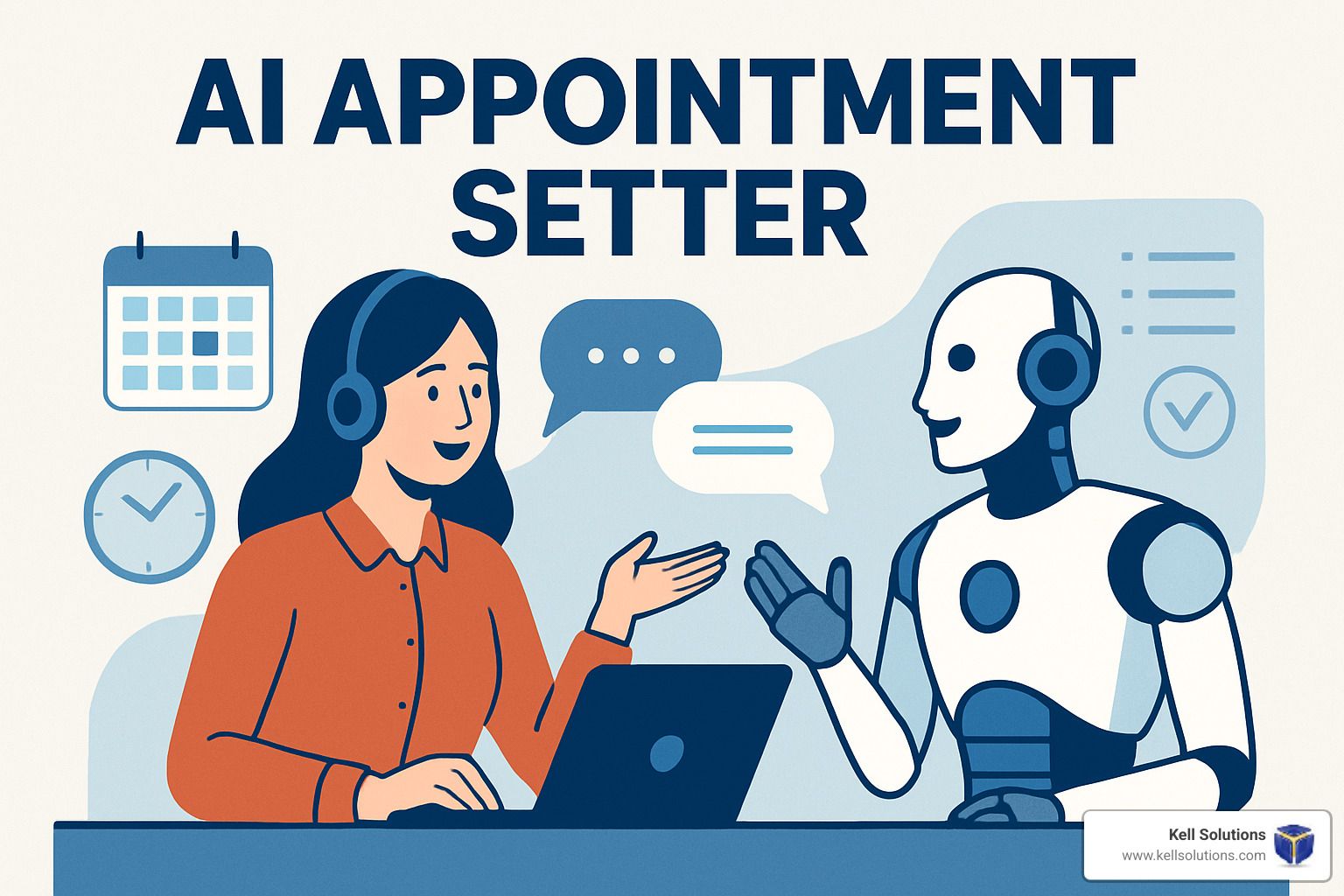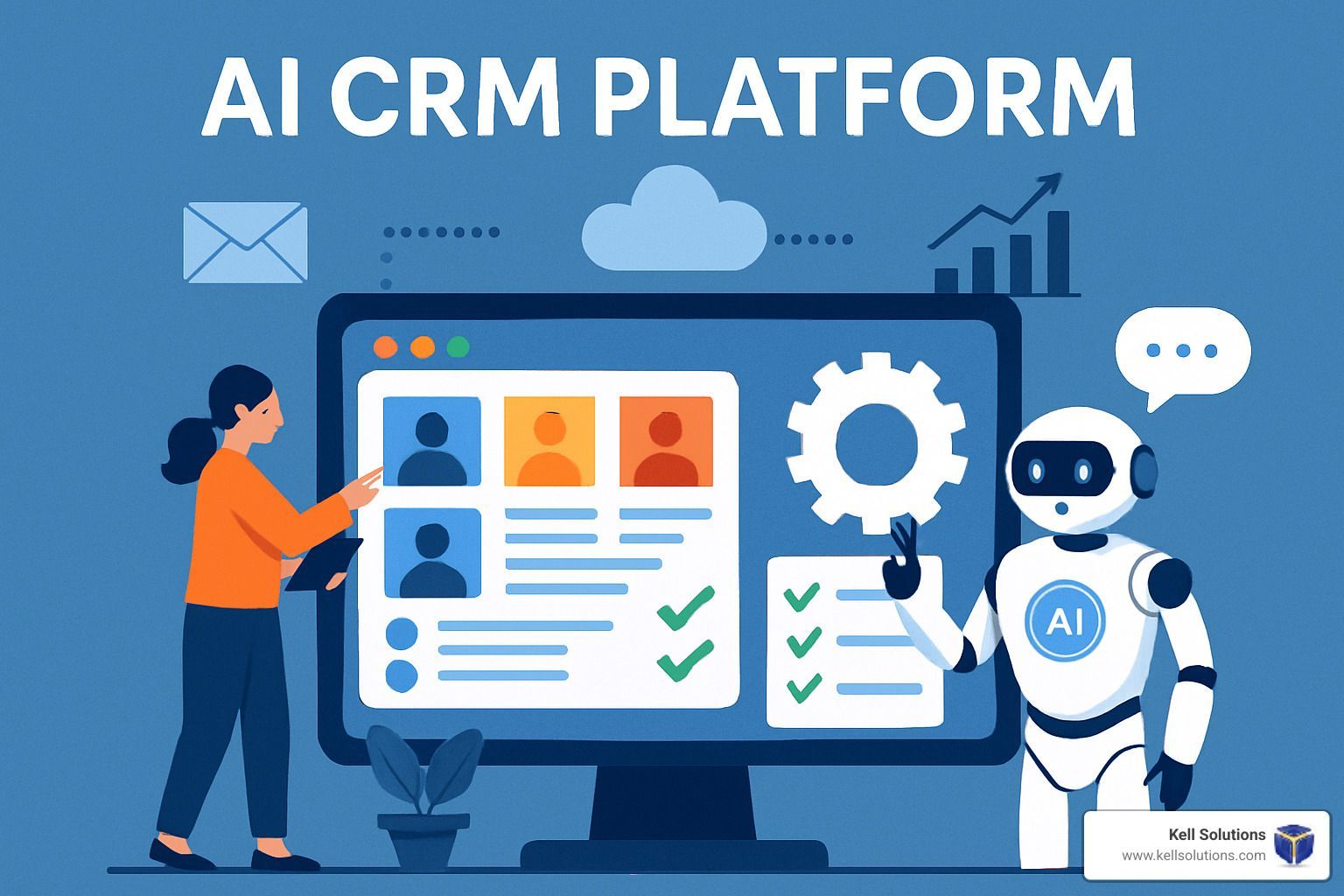Business Automation with AI: Work Smarter, Not Harder
The AI Revolution in Business Automation
Business automation with AI is changing how companies operate by using artificial intelligence to handle repetitive tasks, make data-driven decisions, and create adaptive workflows that learn and improve over time.
According to research from Gartner, AI software is projected to reach $135 billion in 2023, showing the rapid growth and adoption of these technologies across industries.
What is Business Automation with AI?
- Definition: The use of artificial intelligence technologies to automate business processes, going beyond rule-based automation to include learning, adaptation, and decision-making capabilities
- Key Components: Machine learning, natural language processing, predictive analytics, and autonomous agents
- Primary Benefits: Increased efficiency, reduced errors, cost savings, and improved customer experience
- Difference from Traditional Automation: AI automation can handle unstructured data, adapt to new situations, and make complex decisions without human intervention
Nearly 70% of Fortune 500 companies already use AI tools like Microsoft 365 Copilot to tackle repetitive tasks such as email management and meeting note-taking. The market for business process automation is projected to grow from $9.8 billion to $19.6 billion by 2026, showing the rapid adoption of these technologies.
In today's competitive landscape, businesses that accept AI automation gain a significant advantage. Not only can they operate more efficiently, but they can also deliver better customer experiences while freeing their human talent to focus on creative and strategic work.
I'm Gregg Kell, founder of Kell Web Solutions, and I've helped numerous service-based businesses implement business automation with AI to streamline operations and capture more leads through solutions like our VoiceGenie AI platform.
Business Automation with AI: Definition, Differences & Benefits
When we talk about business automation with AI, were looking at a new generation of tools that do far more than follow a scriptthey learn, reason, and improve. In other words, its traditional automation with a continuously upgrading brain.
What is Business Automation with AI?
Intelligent automation combines machine learning, natural-language understanding, and predictive analytics to handle tasks that once needed human judgementreading emails, classifying documents, or routing support tickets.
AI vs. Traditional Automation (Quick View)
Data type
Structured only
Structured & unstructured
Decision style
Fixed rules
Learns & adapts
Maintenance
Manual re-coding
Self-improving
Best for
Repetitive clicks
Variable, complex flows
Why Companies Care
• Up to 41 % of an employees day is lost to repetitive work.
• AI cuts error rates below 1 % in many back-office tasks.
• Market size for AI software is projected to hit $135 billion in 2023 (Gartner) and nearly double process-automation spend by 2026.
Put simply: less busywork, fewer mistakes, happier customers, and more time for creative, revenue-generating projects.
Core Technologies & Architecture
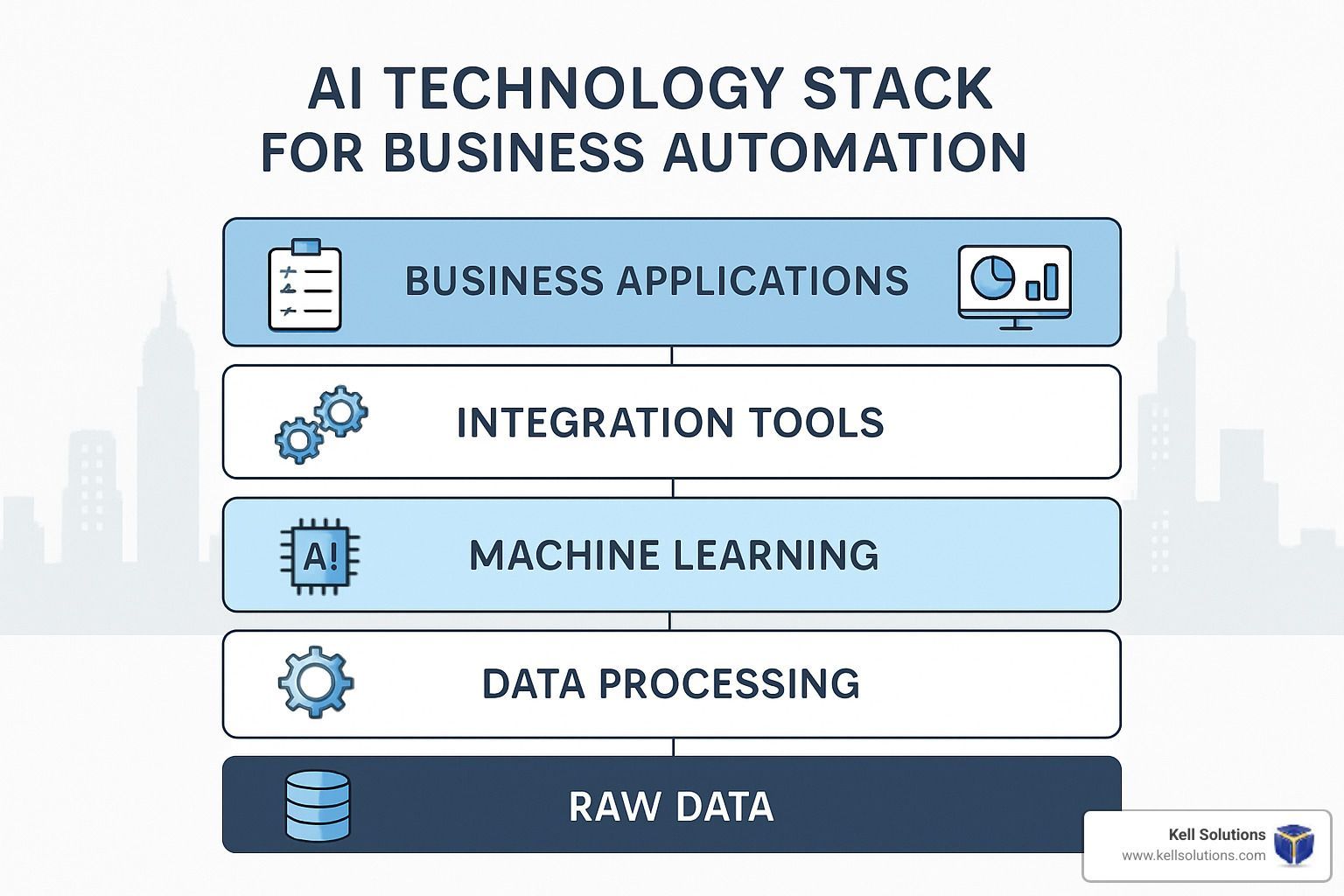
AI automation works because several layers snap together like LEGO blocks:
• Machine learning & predictive AIfind patterns (e.g., fraud, maintenance issues) before they bite.
• Generative & adaptive AIwrite emails, draft reports, or tweak prices on the fly.
• AI agents & autonomous workflowsdigital workers that plan and act with minimal oversight (think Microsoft 365 Copilot or Kells VoiceGenie AI).
• APIs & low-code connectorsplug new brains into existing CRMs, ERPs, or phone systems without rewriting everything.
• Security & compliancedata-governance, audit trails, and role-based access keep regulators and customers happy.
For a deeper dive on wiring these parts together, see our guide on AI integration in business processes.
High-Impact Industry Use Cases
Business automation with AI is delivering quick wins across the board:
24/7 Customer Support & Ticket Routing
AI chatbots now resolve up to 80 % of routine questions, while sentiment analysis knows when to hand tricky issues to a human. Kells VoiceGenie AI answers every call7 days a weekso you never miss a late-night lead.
Sales & Marketing
Voice agents pre-qualify callers, book appointments, and sync directly to your CRM. Predictive scoring shows reps which prospects are most likely to buy, and generative AI drafts campaigns in seconds.
Finance & Accounting
Invoice capture, reconciliation, and fraud alerts run autonomously, cutting processing time by 80 % and boosting accuracy.
HR & Talent
AI screens resumes, schedules interviews, and monitors employee sentiment so HR teams spend time on people, not paperwork.
Operations & Supply Chain
Demand forecasts powered by ML reduce inventory costs up to 25 %. IoT sensors plus predictive maintenance slash downtime in manufacturing.
For more examples, explore our article on AI agents for businesses.
Implementation Roadmap, ROI & Governance
Rolling out business automation with AI is easiest when you follow four streamlined steps:
1. Pinpoint High-Value Processes
Use process-mining tools or a simple "what drives you crazy?" survey. Good targets: repetitive, high-volume, error-prone tasks that impact customers or cost.
2. Pick Your Tech Stack
Buy vs. build? Pre-built solutions like VoiceGenie AI deploy quickly and already integrate with popular CRMs and calendars. Ensure strong API support and choose cloud for easy scaling unless regulation demands on-prem.
3. Prep Data, Train, Validate
Clean data, remove bias, and test on edge cases. Quality data is 80 % of success.
4. Deploy, Measure, Improve
Start with a pilot, compare AI vs. manual (A/B test), then expand. Track KPIs such as response time, error rate, lead-capture rate, and customer satisfaction.
Calculating ROI
Combine hard savings (hours saved, errors avoided) with revenue lift (extra leads captured) and soft wins (happier staff, faster compliance). Most VoiceGenie AI users recoup costs within months.
Governance Basics
Set policies, monitor models, and keep human-in-the-loop for critical decisions. Document everythingregulators will ask.
Future Outlook & Emerging Trends
Tomorrows business automation with AI will be:
• Agentic & collaborativemultiple AIs coordinating entire workflows.
• Multimodalsystems that read text, interpret images, and speak naturally in the same conversation.
• AI + IoTreal-time sensor data driving instant business adjustments.
• Low-code for everyonedrag-and-drop AI builders bring automation to non-developers.
• Hyper-personalized customer experiences at scalefrom marketing to product configuration.
Voice technology is moving quickestexpect near-human phone conversations that handle bookings, upsells, and support without wait time.
FAQs about Business Automation with AI
What problems should we expect?
Biggest speed bumps: upfront costs, messy data, and employee skepticism. Tackle them with a small pilot, data-cleanup sprint, and clear internal communication.
Will AI replace my team?
Unlikely. It replaces tasks, not people. In practice, staff offload grunt work and focus on relationship-building and strategymuch like accountants after the calculator arrived.
How do we start small but scale fast?
Choose one visible process (e.g., after-hours call handling), deploy a plug-and-play tool, measure results, then replicate success in adjacent workflows. Document lessons so each new rollout is quicker than the last.
Conclusion
The journey through business automation with AI reveals not just a technological shift, but a fundamental rethinking of how businesses operate. This isn't merely about replacing manual tasks with digital ones—it's about creating intelligent systems that learn, adapt, and ultimately transform your entire organization.
The numbers tell a compelling story: business process automation is on track to nearly double by 2026, and an impressive 70% of enterprises will have fully operationalized AI within their workflows by 2025. These aren't just statistics—they represent a dividing line between companies that will thrive in the new economy and those that may struggle to keep pace.
What makes business automation with AI so powerful is its ability to address multiple business challenges simultaneously. You're not just cutting costs—you're also enhancing customer experiences, reducing errors, and freeing your most valuable asset—your people—to focus on creative work that machines simply cannot do.
At Kell Solutions, we've seen how our VoiceGenie AI voice agents transform businesses by ensuring every customer call becomes an opportunity, regardless of the time of day. Your customers get immediate attention, your team escapes the burden of routine inquiries, and your business captures leads that might otherwise slip away.
The beauty of modern AI automation lies in its accessibility. You don't need a massive IT department or a Silicon Valley budget to begin implementing these solutions. Start small, focus on high-impact areas, and let the results build momentum for wider adoption throughout your organization.
Business automation with AI isn't about replacing your team—it's about elevating them. When routine tasks are handled automatically, your people can focus on building relationships, solving complex problems, and driving innovation. The most successful implementations create a partnership between human creativity and machine efficiency.
The future belongs to businesses that accept this intelligent, automated, and customer-centric approach. By taking steps toward business automation with AI today, you position your organization to work smarter rather than harder, turning technological advancement into tangible business results.
For more insights on how AI is changing businesses across industries, check out this comprehensive McKinsey report on AI adoption trends.
Ready to see how AI voice agents can transform your customer experience and lead capture? Request a free demo of VoiceGenie AI and take your first step toward intelligent automation that pays for itself.
📚 About the Author Gregg Kell is a seasoned digital marketing strategist and founder of Kell Web Solutions, Inc., helping professional service firms grow through innovative AI-powered solutions like VoiceGenie AI. With over 20 years of experience in web development, lead generation, and business automation, Gregg is passionate about helping small businesses maximize growth and profitability through cutting-edge technologies.
When he's not helping businesses boost their bottom line, Gregg enjoys life by the beach in Laguna Beach, California, with his wife Debbie, celebrating over 40 years of marriage and entrepreneurial trips.
👉 Explore More from Gregg:


Orange County HVAC Google AI Overview Domination: 7 Proven Strategies to Capture Featured AI Results





